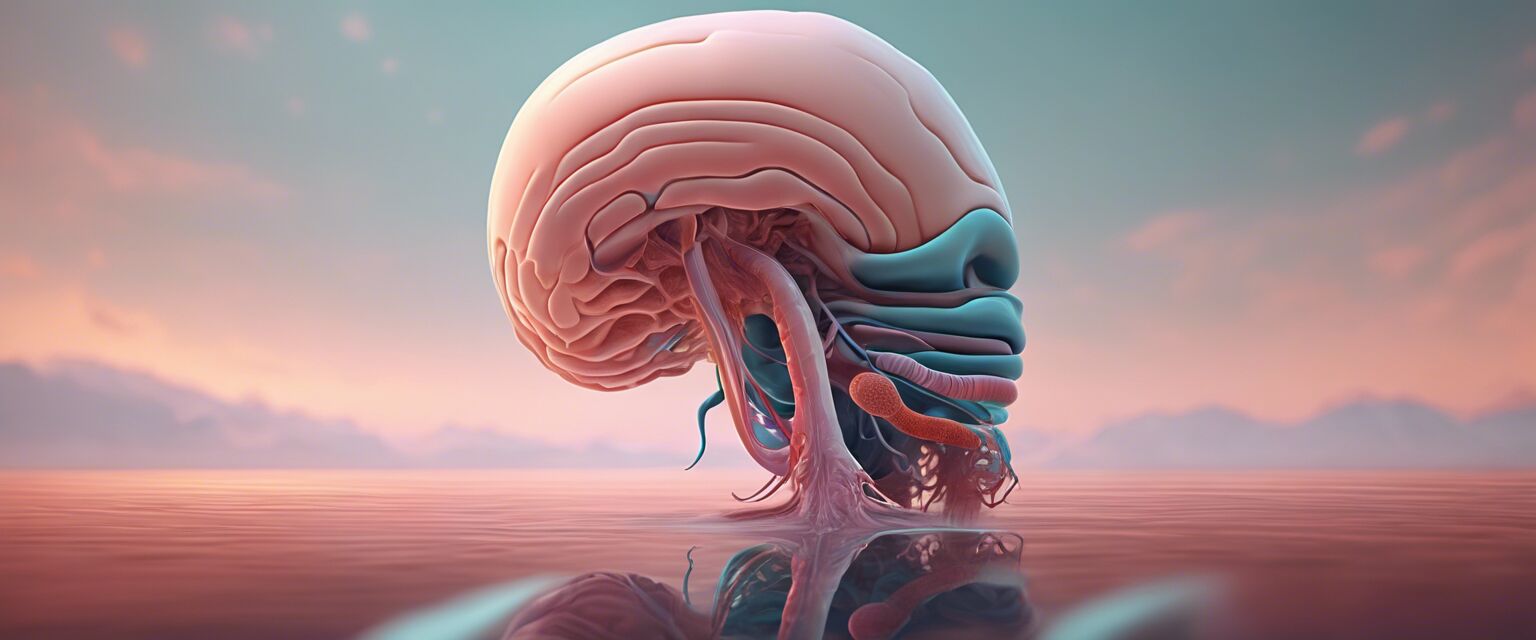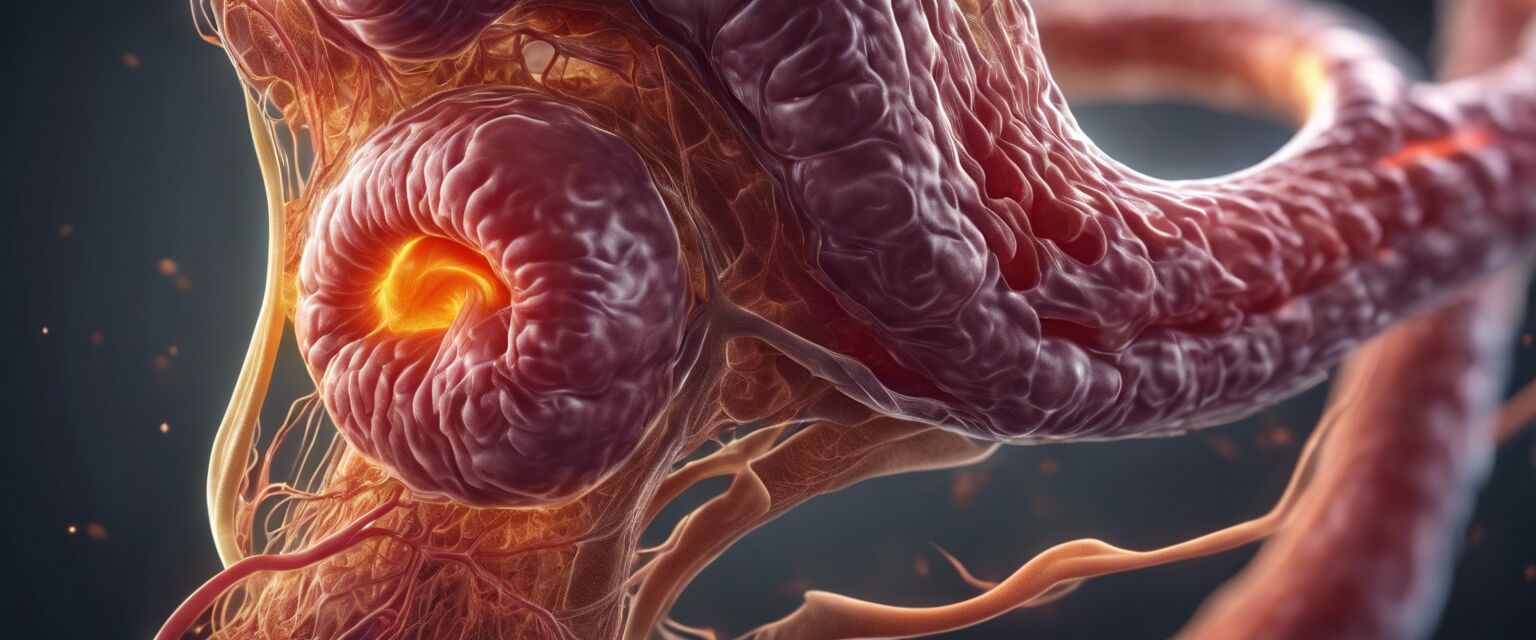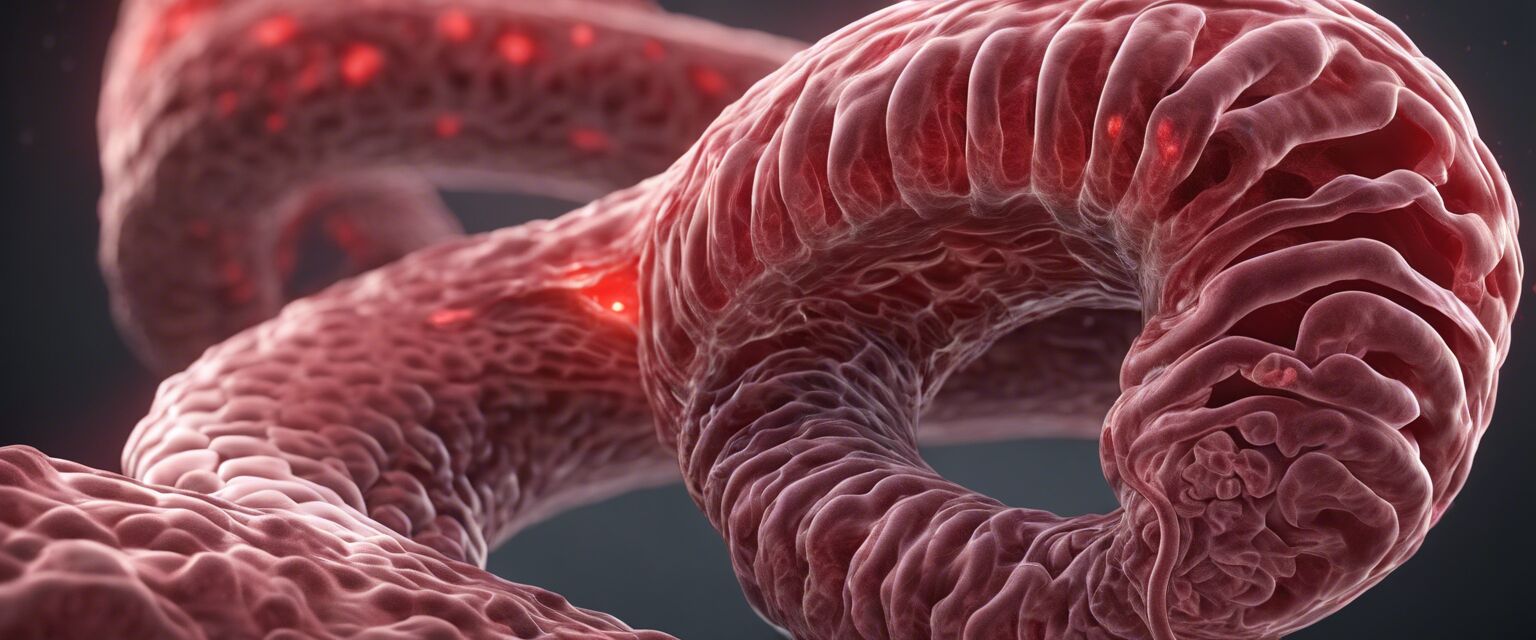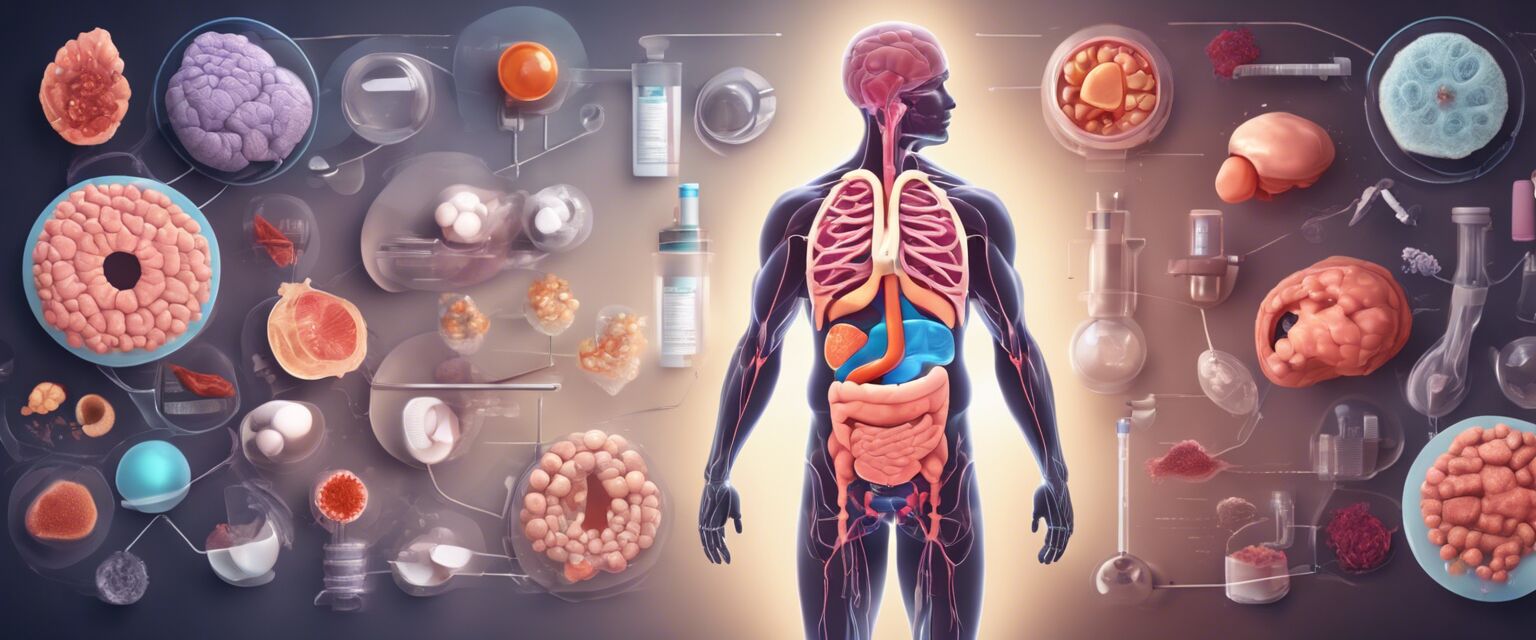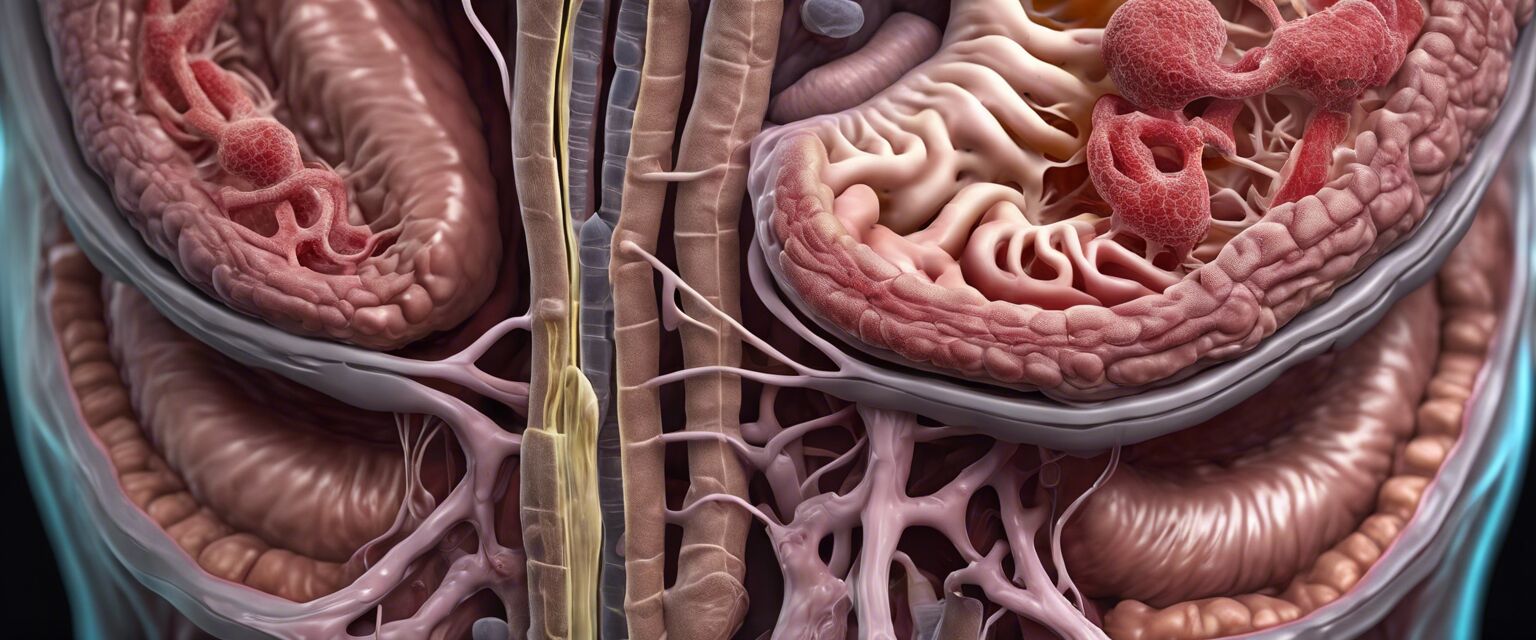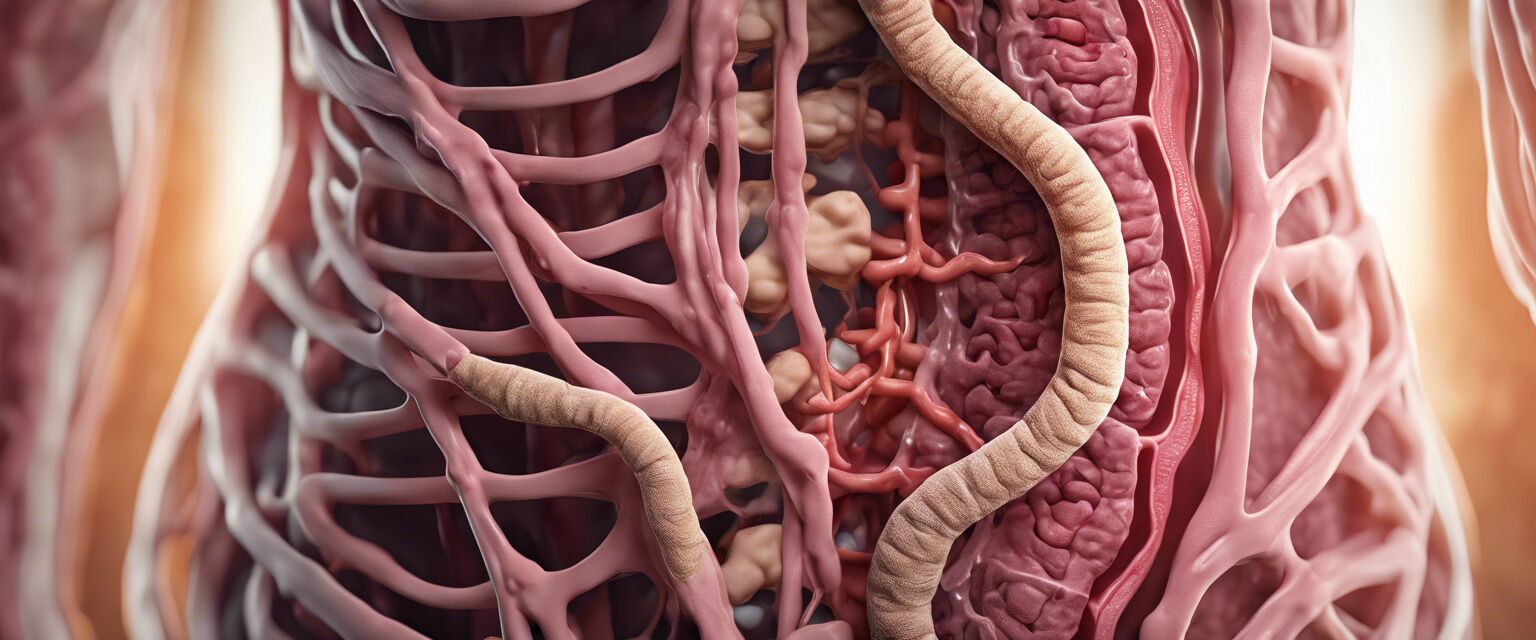
Diagnosis and Tests for Diverticulitis
Understanding how diverticulitis is diagnosed is essential for effective management and treatment. This article will explain the various tests and procedures that help healthcare professionals confirm the diagnosis of diverticulitis, ensuring that patients receive the care they need.
Key Takeaways
- Diverticulitis diagnosis involves a combination of patient history, physical examinations, and imaging tests.
- Common tests include CT scans, ultrasounds, and blood tests.
- Understanding the different diagnostic methods can help patients prepare and ask the right questions during their visits.
Understanding Diverticulitis
Diverticulitis occurs when small pouches in the digestive tract become inflamed or infected. Diagnosing it accurately is crucial, as its symptoms can overlap with other gastrointestinal issues. Below are the primary methods healthcare providers utilize to diagnose diverticulitis.
Diagnostic Methods
| Diagnostic Method | Description | Purpose |
|---|---|---|
| Patient History | Review of symptoms and medical history. | Initial assessment of diverticulitis. |
| Physical Examination | Checking for tenderness or masses in the abdomen. | Identifying potential causes of symptoms. |
| Blood Tests | Testing for signs of infection or inflammation. | Supporting the diagnostic process. |
| CT Scan | Imaging to visualize the intestines. | Confirming diverticulitis and checking for complications. |
| Ultrasound | Using sound waves to create images of abdominal organs. | An alternative imaging option, especially for children or pregnant women. |
| MRI | Magnetic imaging for a detailed view. | Used in special cases when CT is not suitable. |
Tests in Detail
1. Patient History
During the initial consultation, your healthcare provider will ask about your symptoms, such as:
- Abdominal pain
- Fever
- Changes in bowel habits
- Nausea or vomiting
2. Physical Examination
A physical examination allows the provider to check for tenderness in the abdomen and assess any abnormal signs. You might feel discomfort upon touch, signaling possible diverticulitis.
3. Blood Tests
Blood tests may include a complete blood count (CBC) to look for:
- Elevated white blood cell count
- Signs of infection or inflammation
- Electrolyte imbalances
4. Imaging Tests
| Test | Pros | Cons |
|---|---|---|
| CT Scan | Highly accurate and fast results. | Involves radiation exposure. |
| Ultrasound | No radiation; safe for all patients. | May not be as detailed as a CT scan. |
| MRI | Excellent for soft tissue visualization. | More time-consuming and expensive. |
5. How to Prepare for Your Tests
Preparation may vary depending on the test, but here are some general tips:
- Follow diet instructions given by your provider.
- Stay hydrated, especially before imaging tests.
- Ask if you need to avoid certain medications prior to the test.
Common Questions
Here are some frequently asked questions about the diagnosis of diverticulitis:
- What symptoms should I report to my healthcare provider? - Any changes in bowel habits, persistent abdominal pain, or fever should be reported immediately.
- How long do the tests usually take? - Most imaging tests are completed within 30 minutes to an hour, while blood tests typically take less time.
- Will I need follow-up visits after my tests? - Yes, follow-up appointments are important for discussing results and further treatment options.
Conclusion
Diagnosing diverticulitis involves a comprehensive approach that includes medical history, physical exams, blood tests, and imaging studies. By understanding these methods, patients can be better prepared for their healthcare visits and contribute to more accurate diagnosis and effective management of their conditions.
Pros
- Early detection of diverticulitis can prevent complications.
- Diverse diagnostic methods cater to different patient needs.
- Comprehensive assessment leads to better treatment plans.
Cons
- Some tests are invasive or may cause discomfort.
- Not every patient will respond to all diagnostic methods.
- Costs can vary significantly based on the tests performed.
Tips for Beginners
- Keep a diary of your symptoms to provide accurate information to your provider.
- Educate yourself about diverticulitis and its symptoms.
- Ask questions during your visit to clarify the process and tests.
Explore More
For additional insights and resources related to diverticulitis, check out:



